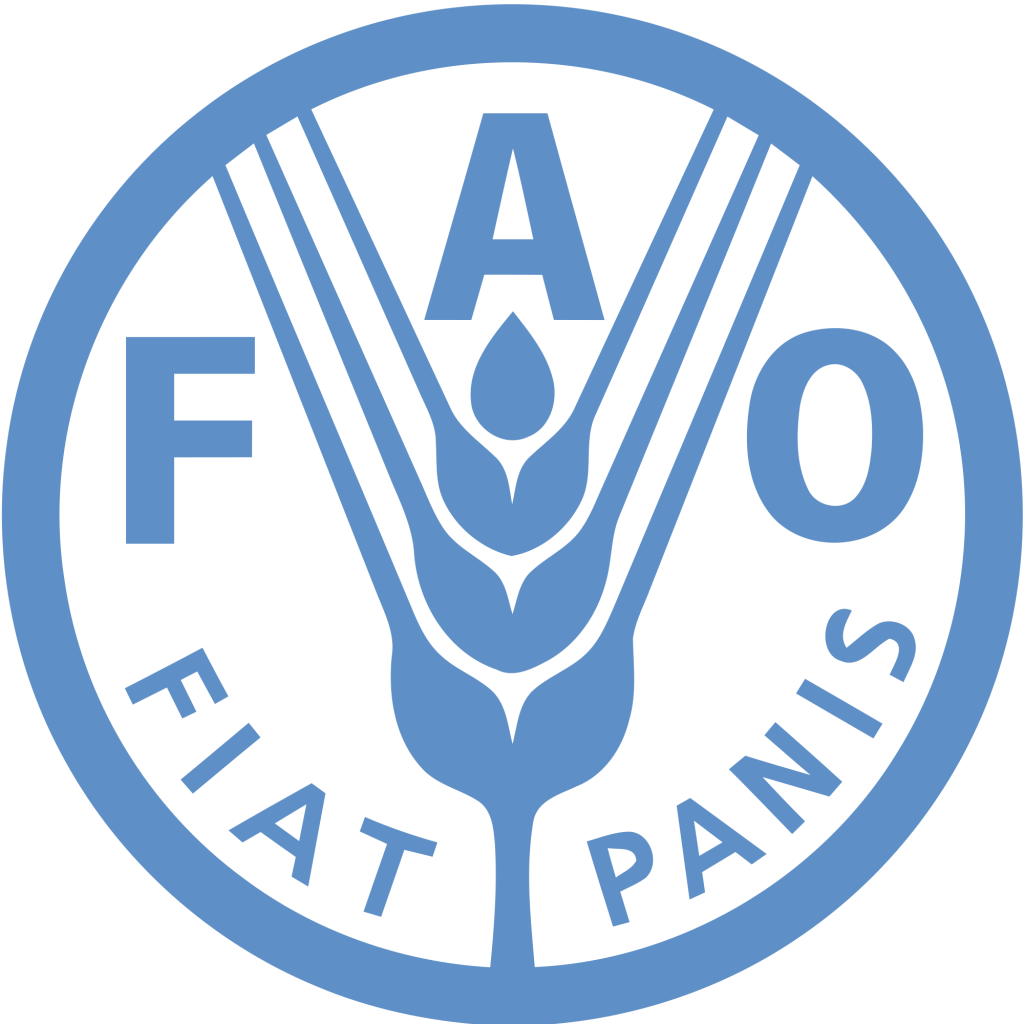Location
The vision of the FAO office in Bangkok is a food-secure Asia and the Pacific region.
Its mission is to help member countries halve the number of undernourished people in the region by raising agricultural productivity and alleviating poverty while protecting the region’s natural resources base.
Agricultural growth in Asia-Pacific has stagnated in recent years, with a serious decline in agricultural investment, and depletion and degradation of natural resources in the face of continued population growth.
The benefits of the green revolution have now been fully realized and there are no revolutionary technologies on the horizon that can rapidly and sustainably reinvigorate agriculture.
Outward migration, especially of the young generation, has led to the "greying" and feminization of the sector; the coping mechanisms of poor households are few, given their limited assets and the fact that a deep recession occurred so soon after the food crisis.
Climate change will impact agriculture in many ways, particularly in areas vulnerable to natural disaster.
The opening of markets improved the mobility of people, goods and services and created employment opportunities for the labour-rich Asia-Pacific economies. At the same time the growing links within the region and with the rest of the world ushered in risks of transboundary plant pests and animal diseases.
Members:
Resources
Displaying 46 - 50 of 293Tigerpaper/Forest News
Tigerpaper is a quarterly news bulletin dedicated to the exchange of information relating to wildlife and natural resources management for the Asia-Pacific region. Forest News is a quarterly bulletin reporting on FAO forestry activities in the Asia-Pacific region.
Tigerpaper/Forest News
Tigerpaper is a quarterly news bulletin dedicated to the exchange of information relating to wildlife and natural resources management for the Asia-Pacific region. Forest News is a quarterly bulletin reporting on FAO forestry activities in the Asia-Pacific region.
Report of the e-Conference on Integrated Land and Water Resources Management in Rural Watersheds
The continuing and rapid degradation of rural watersheds has been a major concern for governments and civil society in Asia and the Pacific region. A root cause is the segmented management of land and water resources. This has been exacerbated by the cumulative and linked effects of an increase in demand for food, fuel and water due to population growth, competition for scarce land resources from biofuel production and a shift in preference for protein-rich diets. The expected adverse impact of climate change in the coming decades will most likely worsen the situation.
Report of the e-Conference on Integrated Land and Water Resources Management in Rural Watersheds
The continuing and rapid degradation of rural watersheds has been a major concern for governments and civil society in Asia and the Pacific region. A root cause is the segmented management of land and water resources. This has been exacerbated by the cumulative and linked effects of an increase in demand for food, fuel and water due to population growth, competition for scarce land resources from biofuel production and a shift in preference for protein-rich diets. The expected adverse impact of climate change in the coming decades will most likely worsen the situation.
Report of the e-Conference on Integrated Land and Water Resources Management in Rural Watersheds
The continuing and rapid degradation of rural watersheds has been a major concern for governments and civil society in Asia and the Pacific region. A root cause is the segmented management of land and water resources. This has been exacerbated by the cumulative and linked effects of an increase in demand for food, fuel and water due to population growth, competition for scarce land resources from biofuel production and a shift in preference for protein-rich diets. The expected adverse impact of climate change in the coming decades will most likely worsen the situation.

